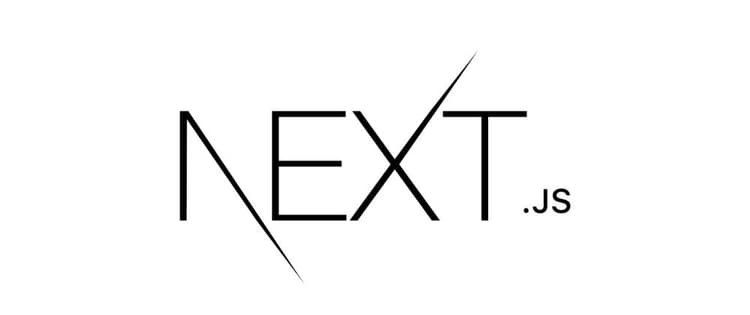
Creating Stunning Landing Pages with Next.js and Tailwind CSS
August 20, 2023
Landing pages are the digital storefronts of the modern web. To captivate visitors and convert them into customers, a stunning and responsive design is essential. In this tutorial, we'll combine the power of Next.js and Tailwind CSS to craft an eye-catching landing page. Let's dive in!
Prerequisites
- Basic understanding of Next.js and React
- Familiarity with HTML and CSS concepts
Getting Started
- Setup Next.js Project: Initialize a Next.js project using npx create-next-app and navigate into the project directory.
- Install Tailwind CSS: Install Tailwind CSS and its dependencies via npm or yarn.
- Configure Tailwind: Create a tailwind.config.js file in the project root and customize the design and layout options as needed.
Building the Landing Page
- Layout Component: Create a Layout.js component that defines the overall structure of the landing page. Utilize Tailwind CSS classes to style the header, navigation, and footer.
- Hero Section: Design a compelling hero section using a combination of Next.js components and Tailwind CSS classes. Incorporate background images, text overlays, and call-to-action buttons.
- Features Section: Craft a features section with visually appealing icons, headings, and descriptions. Utilize flexbox or grid layout for responsive arrangement.
- Testimonials Section: Incorporate user testimonials with images, names, and feedback. Use Tailwind CSS classes to style and position the elements.
Adding Interactivity
- Animations: Enhance the landing page with subtle animations using the framer-motion library. Apply animations to elements such as buttons, images, and text.
- Smooth Scrolling: Implement smooth scrolling for navigation links within the landing page. Use Next.js's built-in Link component to enable seamless transitions.
Deploying Your Landing Page
- Build Your App: Use the next build command to build your Next.js app for production.
- Deploy: Choose a deployment platform such as Vercel or Netlify. Follow their guidelines to deploy your stunning landing page.
Conclusion
By combining the flexibility of Next.js and the rapid styling capabilities of Tailwind CSS, you've created a stunning landing page that's sure to captivate your audience. This tutorial highlights just a fraction of what's possible with these technologies. As you continue to explore Next.js and Tailwind CSS, your creativity will know no bounds. Happy designing!
Code Example:
// Layout.js
import React from 'react';
const Layout = ({ children }) => {
return (
<div className="bg-gray-100 min-h-screen">
{/* Header */}
<header className="bg-blue-500 p-4 text-white">Your Logo</header>
{/* Page Content */}
<main className="container mx-auto p-8">{children}</main>
{/* Footer */}
<footer className="bg-gray-300 p-4 text-center">
© 2023 Your Company. All rights reserved.
</footer>
</div>
);
};
export default Layout;
Remember, this is just a starting point. Feel free to customize and expand upon this foundation to create landing pages that leave a lasting impression.
Happy coding! 🚀🎨 #Nextjs #TailwindCSS #WebDesign